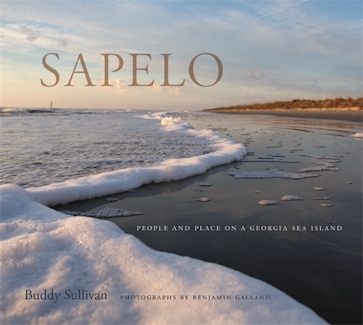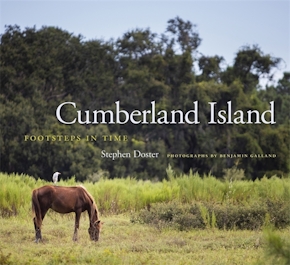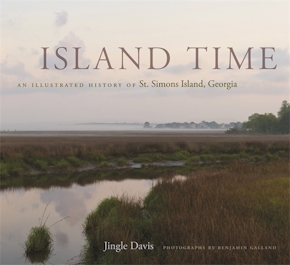Sapelo
People and Place on a Georgia Sea Island
Title Details
Pages: 352
Illustrations: 117 color and 70 b&w photos
Trim size: 10.000in x 9.000in
Formats
Hardcover
Pub Date: 03/01/2017
ISBN: 9-780-8203-5016-5
List Price: $36.95
Subsidies and Partnerships
Published with the generous support of Kenneth Coleman Fund
Related Subjects
NATURE / Ecosystems & Habitats / Coastal Regions & Shorelines
TRAVEL / United States / South / South Atlantic (DC, DE, FL, GA, MD, NC, SC, VA, WV)
Sapelo
People and Place on a Georgia Sea Island
An illustrated history of the unique people, culture, and ecological characteristics of this beautiful barrier island
Skip to
- Description
- Reviews
Sapelo, a state-protected barrier island off the Georgia coast, is one of the state’s greatest treasures. Presently owned almost exclusively by the state and managed by the Georgia Department of Natural Resources, Sapelo features unique nature characteristics that have made it a locus for scientific research and ecological conservation. Beginning in 1949, when then Sapelo owner R. J. Reynolds Jr. founded the Sapelo Island Research Foundation and funded the research of biologist Eugene Odum, UGA’s study of the island’s fragile wetlands helped foster the modern ecology movement.
With this book, Buddy Sullivan covers the full range of the island’s history, including Native American inhabitants; Spanish missions; the antebellum plantation of the innovative Thomas Spalding; the African American settlement of the island after the Civil War; Sapelo’s two twentieth-century millionaire owners, Howard E. Coffin and R. J. Reynolds Jr., and the development of the University of Georgia Marine Institute; the state of Georgia acquisition; and the transition of Sapelo’s multiple African American communities into one.
Sapelo Island’s history also offers insights into the unique cultural circumstances of the residents of the community of Hog Hammock. Sullivan provides in-depth examination of the important correlation between Sapelo’s culturally significant Geechee communities and the succession of private and state owners of the island. The book’s thematic approach is one of “people and place”: how prevailing environmental conditions influenced the way white and black owners used the land over generations, from agriculture in the past to island management in the present. Enhanced by a large selection of contemporary color photographs of the island as well as a selection of archival images and maps, Sapelo documents a unique island history.
—M.C. Tufts, Northeast Georgia Living
—Southern Farm and Garden



